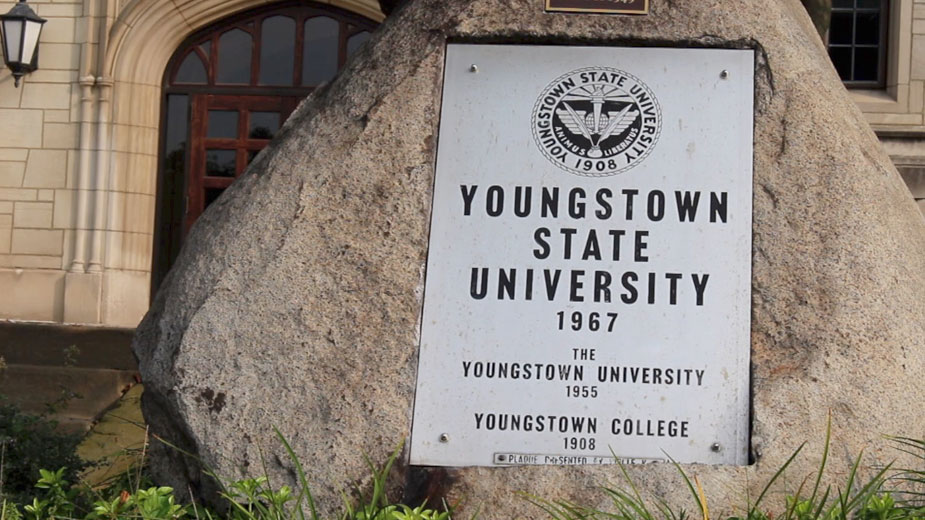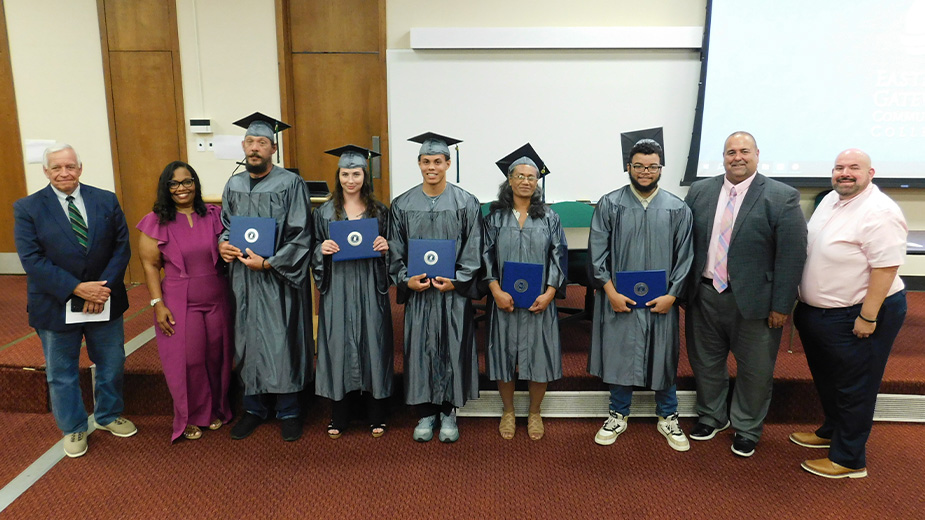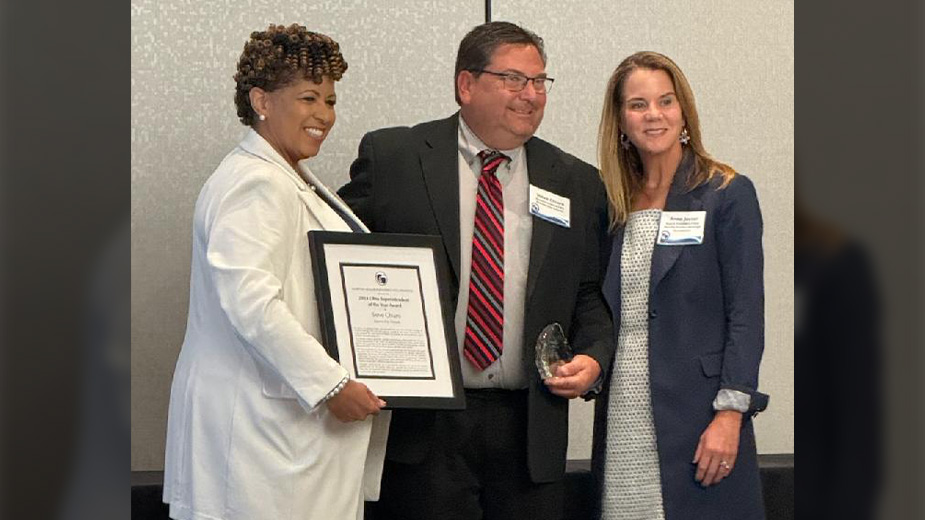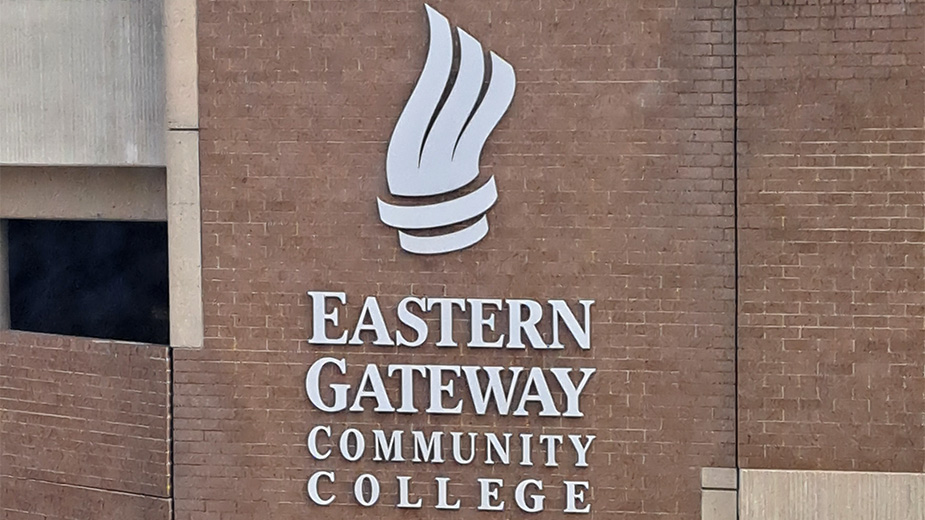Rankings Help Colleges Tell Their Stories to Prospective Students
YOUNGSTOWN, Ohio — It’s a staple of the high school guidance counselor’s office. Usually a blue book, maybe with a bit of red on the cover or vice versa, emblazoned with flashy headlines such as “A+ Schools for B Students” or “Exclusive Rankings.”
Every year, U.S. News & World Report puts out its list of the best colleges and universities in the country. And along with that list comes a spate of others from an equally broad range of sources. Top 25 Best Colleges with Prices Under $15K by College Raptor, Best Party Schools by Princeton Review and Best Dining Halls by College Consensus and many more can be found with a simple Google search.
But for two area schools – Youngstown State University and Westminster College – such lists and rankings don’t necessarily tell the entire picture of what they have to offer.
“U.S. News & World Report, because they were the ones that really brought the idea of college rankings, holds prominence; but I’ve never felt like that speaks to who we are at Westminster,” says the college’s dean and vice president of academic affairs and enrollment, Jeffrey Coker.
In its 2019 listing, U.S. News placed the college in New Wilmington, Pa., at 114th on its list of best liberal arts colleges in the country. But a better reflection of Westminster College’s impact is The New York Times 2017 list of Top Colleges Doing the Most for the American Dream. This list ranked Westminster No. 22 and College Factual’s ranking of the college in the top 5% of schools for best value in the Middle Atlantic region.
“Those are both things that speak to student success and the overall value proposition, measuring what students get out of it versus what they pay. We tend to do extremely well when it comes to that,” Coker says.
To help quantify that, the college joined in the National Survey of Student Engagement. Organized by the Indiana University School of Education, some 300,000 students – freshmen and seniors – from 531 institutions take part in the annual survey, which measures a wide range of metrics.
“It’s stuff that, frankly, feels more important than what rankings are doing,” Coker says. “When we look at that, Westminster is in the top 5% of the country for student-faculty interaction and students doing
experiential learning.”
At Youngstown State, where physical therapy and social work programs have been respectively ranked No. 164 and No. 243 nationally by U.S. News & World Report, such lists don’t play into the day-to-day decision making at the university, says vice president of student affairs Eddie Howard, although officials are aware of rankings.
“Is it something we use in regards to decisions we make? That doesn’t happen much on a daily basis,” he says. “Where we rank helps people make a decision about us; so it matters in regards to attracting people.”
Rankings such as The Best Schools naming YSU No. 11 in the country for Best Online Master’s in Economics or College Consensus putting the university at No. 9 on its list of 100 Most Affordable Colleges are a way to get the attention of prospective students.
“Any chance we have to market Youngstown State University as the jewel we see, we’re going to take advantage of,” Howard says, whether it’s a top ranking for the MBA program or the Rhodes and Fulbright scholars YSU has produced.
It’s a similar thought process at Westminster, Coker relates. The college doesn’t focus much on its position in lists, opting instead to use lists that help communicate the value of an education at the small liberal arts college.
“If we’re on the list and considered among the top schools in the country, say for overall value, that’s what we want families to know. We’d never say, ‘We’re No. 22 and this other school you’re looking at is No. 27. We’re clearly the better choice,’ ” he says. “There are some polls that speak to our values and there are some systems that rank us on things that we don’t care a whole lot about.”
Youngstown State and Westminster aren’t the only schools in the area raking in accolades for their education programs and value. Thiel College in Greenville, Pa., has been named to the Forbes 200 List for Grateful Graduates and was ranked No. 114 by U.S. News on its national list of liberal
arts colleges, as well as No. 19 for social mobility, tied with Westminster. Grove City College’s elementary education major was recently ranked No. 2 in the country by Study.com and has been ranked by College Raptor as the top hidden gem for students seeking a career in education.
“Hidden gems. Diamonds in the rough. That’s exactly what the small liberal arts colleges in the area are. In that regard, the rankings could help nationalize hidden gems like that in some ways,” Westminster’s Coker says.
At YSU, the university tends to compare itself not to institutions at the top of the lists – look at any ranking for “bests” and schools such as Harvard, Yale and Stanford universities tend to be toward the top – but rather other public schools in Ohio, Howard says.
“If anything, we’re monitoring how we do compared to Cleveland State, Kent State, Akron. That’s the information that’s useful to us when it comes to making decisions,” he says, adding that regional schools are often in communication with one another when it comes to topics such as academics, student housing and enrollment.
“It’s like driving in the car and not looking in the mirrors. You can drive that way, but if you aren’t paying attention to what’s around you, you’re not an effective driver and will crash at some point,” he says. “We interact with these institutions a lot, partially because we’re in an [interuniversity council] group with them. We’re constantly communicating.”
Copyright 2024 The Business Journal, Youngstown, Ohio.



